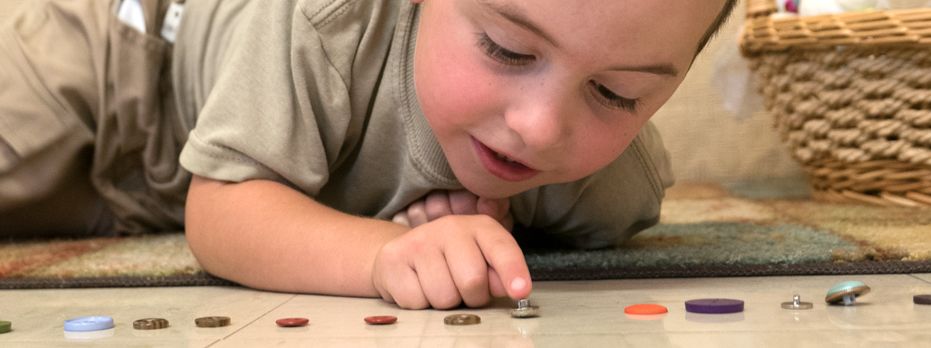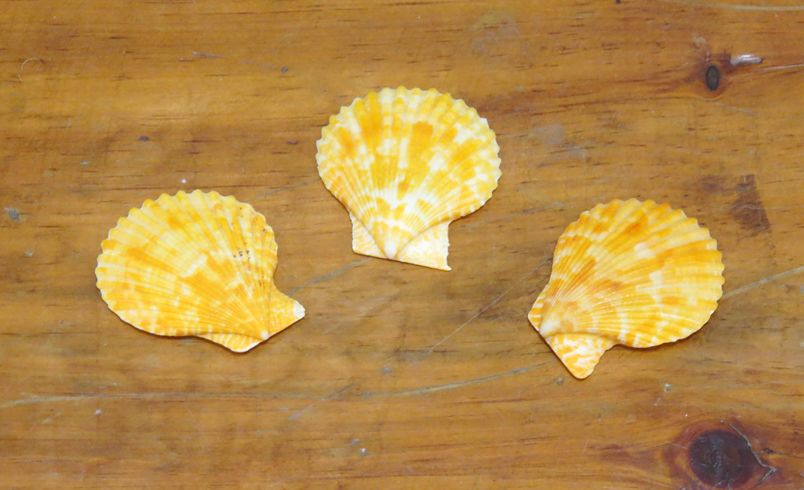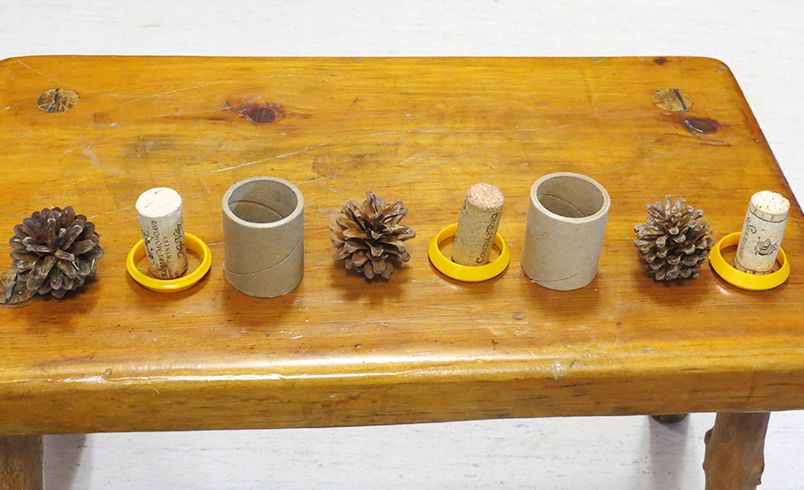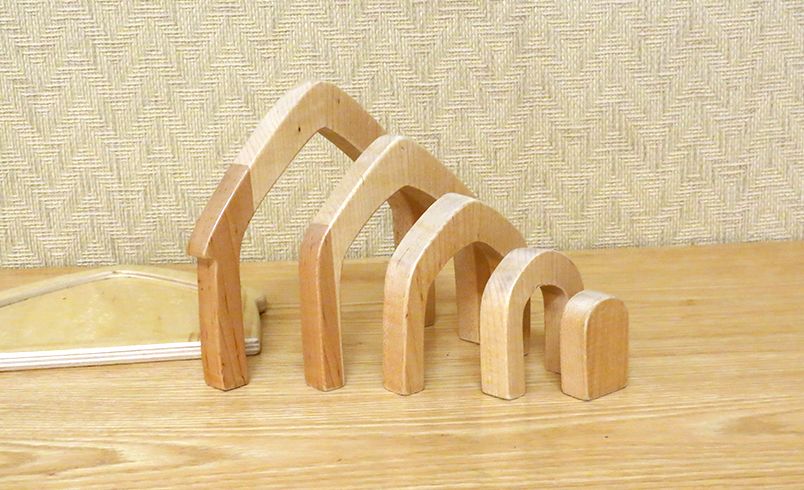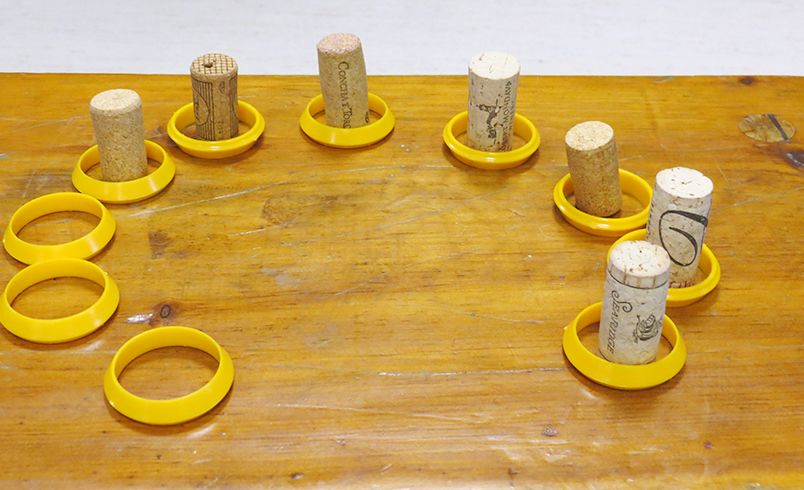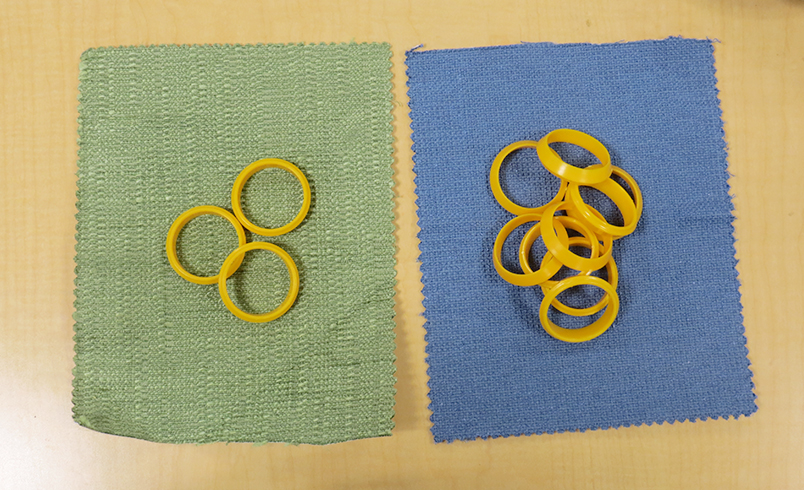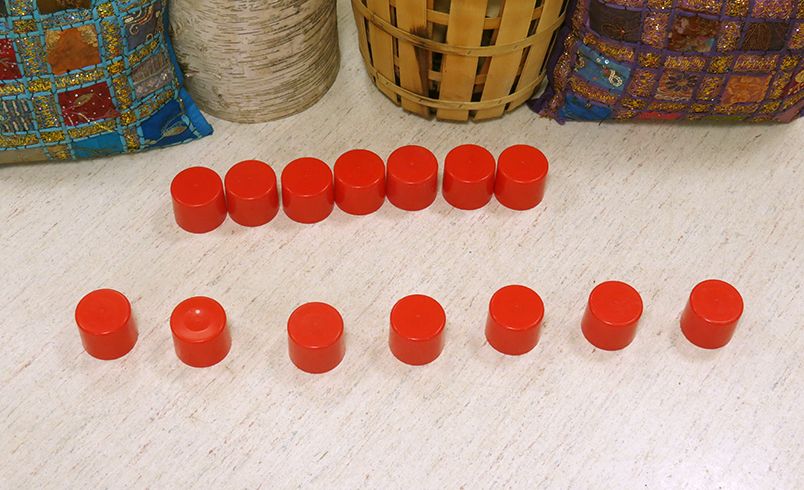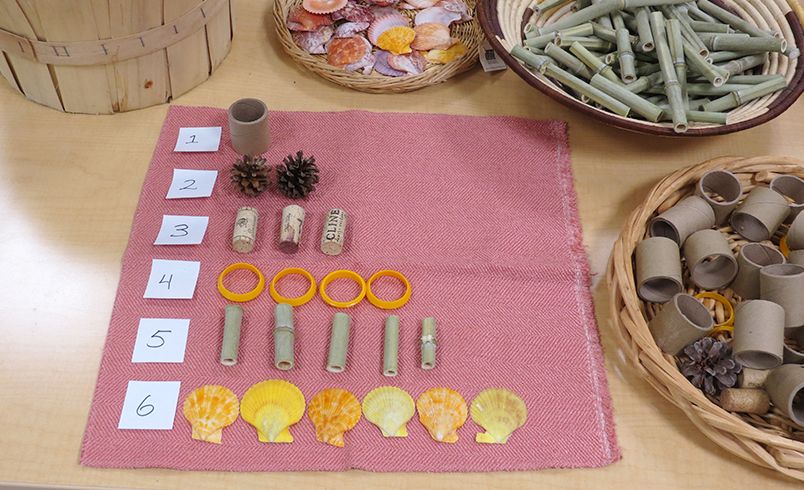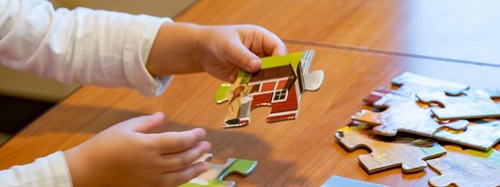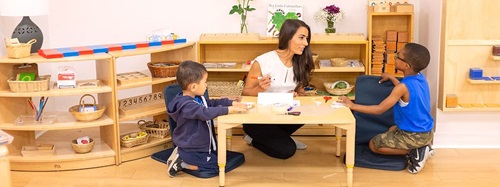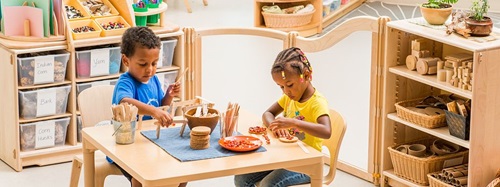"One, Two, Buckle My Shoe:"
Understanding Number Development in Young Children
| August 2017“I can count! Listen! 1, 2, 3, 4, 5, 6, 7, 8, 9, 10! Want me to go higher?” Rattling off and performing this riddle thrills both the child and the proud parents. And that is exactly what it is: a riddle and a performance. It’s a lot like singing “Mary Had Little Lamb”—simple memorization. Actual understanding of what those number words mean is learned over time (birth to age 7) through direct and hands-on experiences. This developmental process is the foundation of later mathematics and higher order thinking.
Counting should be an everyday part of preschool life: counting the number of fingers one has, the number of eyes and ears, counting the steps it takes to get to the top, counting the number of boys or girls, counting the number of objects on the table, counting the number of children with red shirts, or the number of cookies on the plate. Counting is good, but counting is not the first or only thing a child needs to learn to develop a genuine understanding of numbers. There are various concepts that a child needs to grasp in order to make sense of numbers. A child who fails to build this foundation will struggle once rote memorization is no longer sufficient.
Understanding numbers starts with the vocabulary word “one.” Sometime, very early on in a child’s life, she learns that “one” describes something, an experience, or an event. For example, “Give me one (as in cookie).” “Give one to your sister (as in hug).” “Give Grandma one (as in kiss).” “Do you want one (as in hot dog)?” “One more time (as in going down the slide).” The word “one” is actually an attribute, like color or shape. It describes the singularity of an object, an experience, or a place. However when “two” or any other number word is used, it describes the plurality and the relationship between or among the items.
After the child masters the vocabulary word “one,” they will naturally explore and experience a progression of more complex concepts. This progression ofConcepts of Mathematical Developmentmust be mastered by the child for a fundamental understanding of numeracy.
Concepts of Mathematical Development:
1. Small number recognition: the ability to visually recognize a small number of objects (one, two, or three) without counting the objects. How many shells are below? Research shows that if a child struggles with instant recognition of three items by the end of Kindergarten, he will struggle in later grades with other mathematical concepts.
2. Classifying or sorting: the ability to sort items using a variety of attributes; e.g., color, size, or shape. These attributes are easily visible. A child needs lots and lots of practice with classification and sorting multiple things.
3. Patterning: the ability to arrange objects according to a pattern; e.g., blue, red, blue, red (ABAB pattern), big, big, little, big, big, little (AABAAB pattern), big leaf, little leaf, rock, big leaf, little leaf, rock (ABCABC pattern).Patterns are everywhere!
5. One-to-one correspondence: recognizing the relationship that any given item can have with one other item that fits with it to make a pair; e.g., a sock and its mate, a fork with each napkin, a cup with each plate, and eventually a number name for each item counted.
6. Comparing: given two varying sets of items, the ability to see differences of size, weight, or another attribute.
7. Conservation: the ability to hold constant the numeric value of a set of items despite conflicting visual evidence such as the length of the row of items. Seven pennies are always seven pennies even if one row has a greater distance between each penny and looks longer.
8. Counting principle: using the knowledge of:
- One to one correspondence principle
- Stable order principle (1 is always followed by 2, then 3, then 4, etc. combined with the principle of “and one more”)
- Cardinal principle, there is a name and numeral for the quantity, one, two, three, etc.
- Conservation principle, and
- Order irrelevance principle, counting can occur in a circle or back and forth across aisles, etc.
Putting all these concepts and principles together is understanding numeracy. For example:
* is one (name of the quantity) and expressed by the numeral 1** is two (name of the quantity, members of the relationship) and expressed by the numeral 2, etc.
The foundation to understanding mathematical concepts is found in the spontaneous play of a child. All of these Concepts of Mathematical Development can be mastered through play and informal adult scaffolding for individual children. No formal or structured lessons are needed. Free play with loose parts (small manipulative objects) fosters natural exploration with numeracy that will provide a child with the strong foundation needed to develop later more complex math skills.

